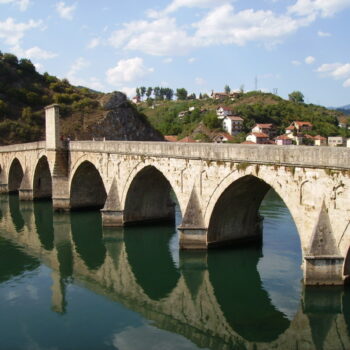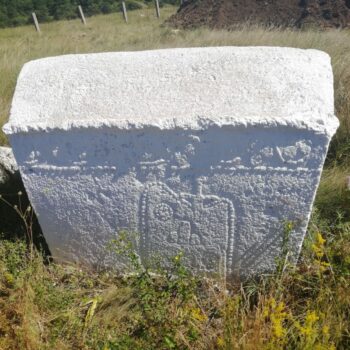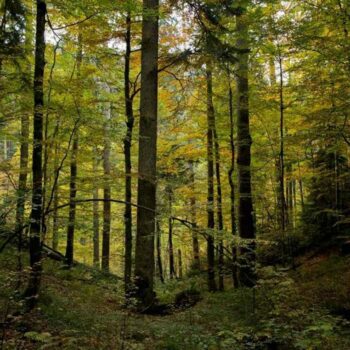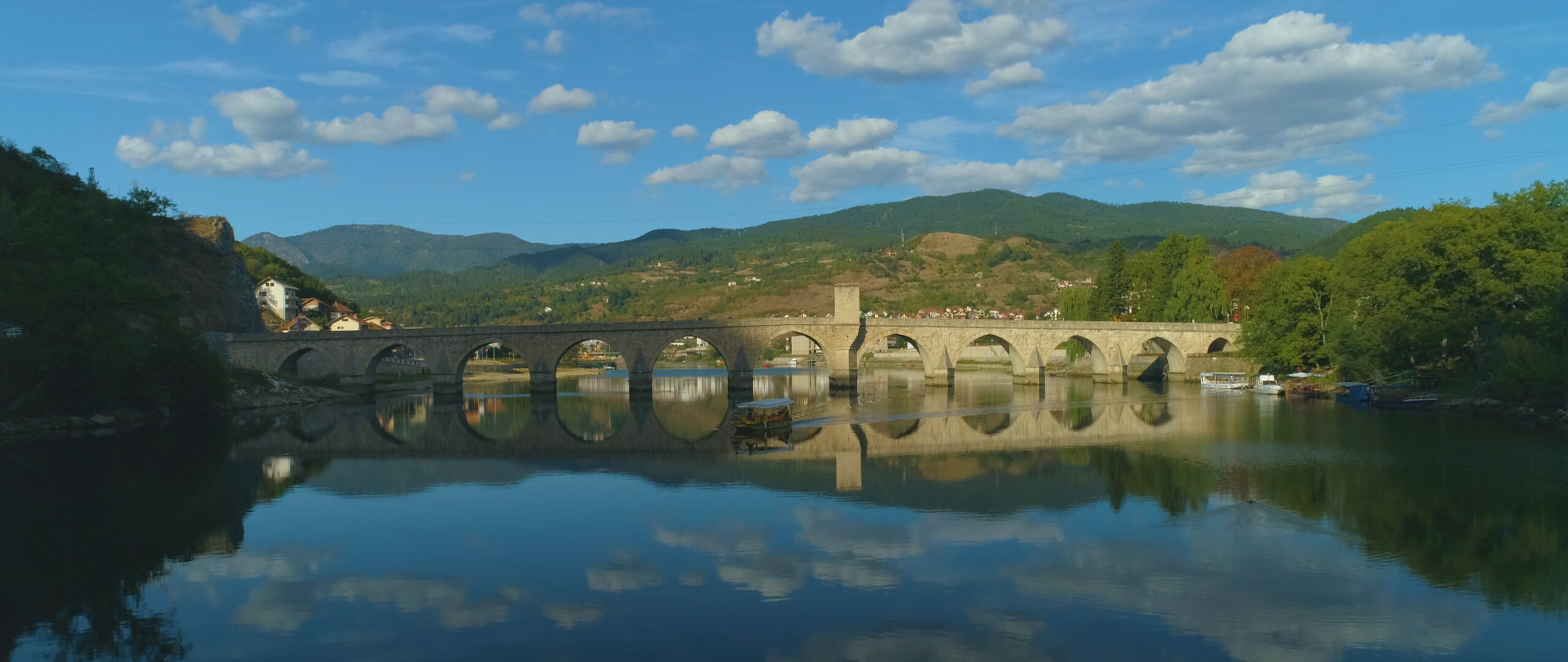The Sokollu Mehmed Pasha Bridge

The Visegrad Bridge on the Drina River is an endowment of the Grand Vizier Sokollu Mehmed Pasha. He was one of the great Ottoman military leaders, born in the village of Sokolovici near Rudo in 1505 or 1506, to Orthodox Christian parents.
At that time, there was a practice known as Devshirme, or the “Blood Tax”. Serbian children were forcibly taken and sent to Turkey, where they were converted to Islam and trained in military schools to become Janissaries, the elite soldiers of the Ottoman Empire. Thus, Bajica Sokolovic from the Visegrad area was taken as a child and renamed Mehmed. Thanks to his abilities, he later became an officer in the Ottoman army, and at the height of his power, he rose to the position of Grand Vizier, equivalent to a modern-day prime minister. At the peak of his influence, he ordered the construction of an unparalleled bridge on the Drina river in Visegrad. The bridge was built between 1571 and 1577 by the most renowned Turkish architect of the time, Koca Mimar Sinan. Constructed in an Oriental style, it represents a masterpiece of the architecture of that era.
Stecak tombstones

Stecak tombstones present a unique spiritual, artistic and cultural phenomenon. They represent medieval art, revealing the mindset and sensibilities of an entire epoch, and through their size and decorative elements, they testify to the power, status, and influence of those whose remains they mark.
The Janj Rainforest

The Strict Nature Reserve “Janj Rainforest” is established to save its untouched, well-preserved and unique forest ecosystems. It is an area of unaltered natural characteristics, with representative ecosystems intended exclusively for the conservation of unspoiled nature and ecological balance, scientific research (that does not compromise its fundamental features and values), monitoring of natural phenomena and processes, and education that does not disrupt the natural flow of events.


